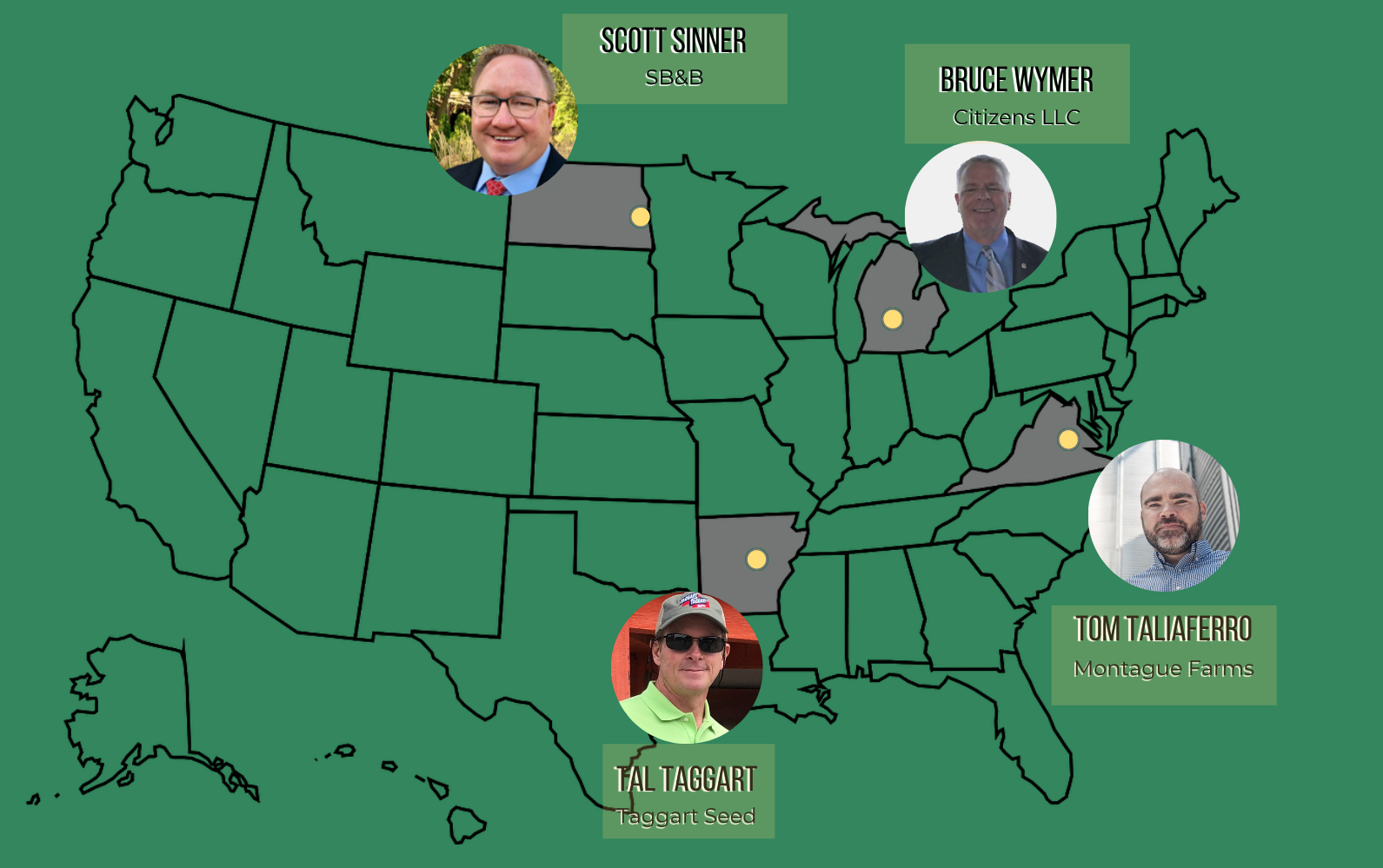U.S. suppliers give update to Japan’s natto industry
Natto suppliers from the United States on Monday evening had their second conversation of the year with Japanese companies in an online update meeting organized by the Specialty Soya and Grains Alliance, the U.S. Soybean Export Council (USSEC) and the Japan Natto Cooperative Society Federation (JNCSF).
 The update was an opportunity to share information, including 2021 post-harvest crop conditions and an outlook for 2022. Presenters represented different companies in different regions of the United States.
The update was an opportunity to share information, including 2021 post-harvest crop conditions and an outlook for 2022. Presenters represented different companies in different regions of the United States.
Natto is a traditional Japanese food, commonly eaten at breakfast, that is made from fermented soybeans. Natto is popular in Japan for its health benefits. The U.S. supplies about 70% of the soybeans for Japan’s natto industry. Natto beans are small, with a clear hilum and thin seed coat.
“Anytime you have interaction in this relationship with the natto association, it’s pretty special for all suppliers,” said Bob Sinner, SSGA board director and president of SB&B Foods. “Following our first Natto Summit there was so much appreciation for the dialogue that was created to address challenges and opportunities.”
The third Natto Summit took place in Fargo, North Dakota, in 2019. COVID has delayed the next one, although the hope is that it will take place in 2022.
“Everyone is anxious for the next natto summit,” said Sinner, who co-hosted the U.S. presentations, “and this dialogue was to fill the gaps through the pandemic. It’s important for us to communicate not only our crop size, because of the volatile weather we had in 2021, but the crop quality, so there are no surprises.”
Scott Sinner of SB&B, Bruce Wymer of Citizens LLC in Michigan, Tal Taggart of Taggart Seed in Arkansas and Tom Taliaferro of Montague Farms in Virginia, gave regional condition reports. Rick Brandenburger of Richland IFC reported on the state of the U.S. food-grade soy industry and variety development and showed off the new U.S. Identity Preserved assurance plan and brand mark. Darwin Rader of Zeeland Farm Services presented on the current state of containerized shipping. The group also answered questions about tighter supplies and higher costs that are affecting the market and how those could translate to the natto manufacturers’ production costs next year.
Members of the JNCSF said consumption of natto is rising in Japan, and that higher prices should not deter that climb. They added that there is strength in their partnership with U.S. soy producers and that they’re continuing to promote natto as a safe, tasty, healthy food both in Japan and to overseas customers.
In addition, USSEC’s Will McNair presented on the Specialty U.S. Soy Database, which is an online tool to help those looking to source soybeans specifically for use in soy foods, including natto.







Leave a Reply
Want to join the discussion?Feel free to contribute!